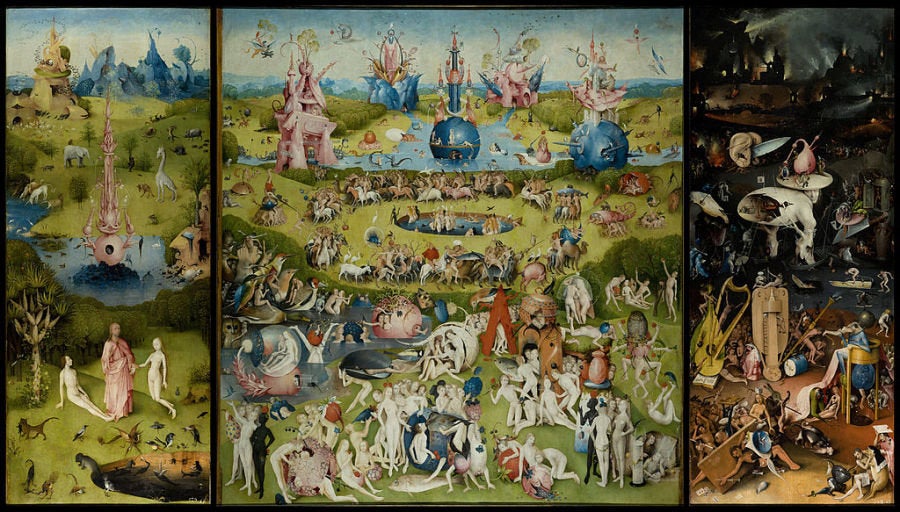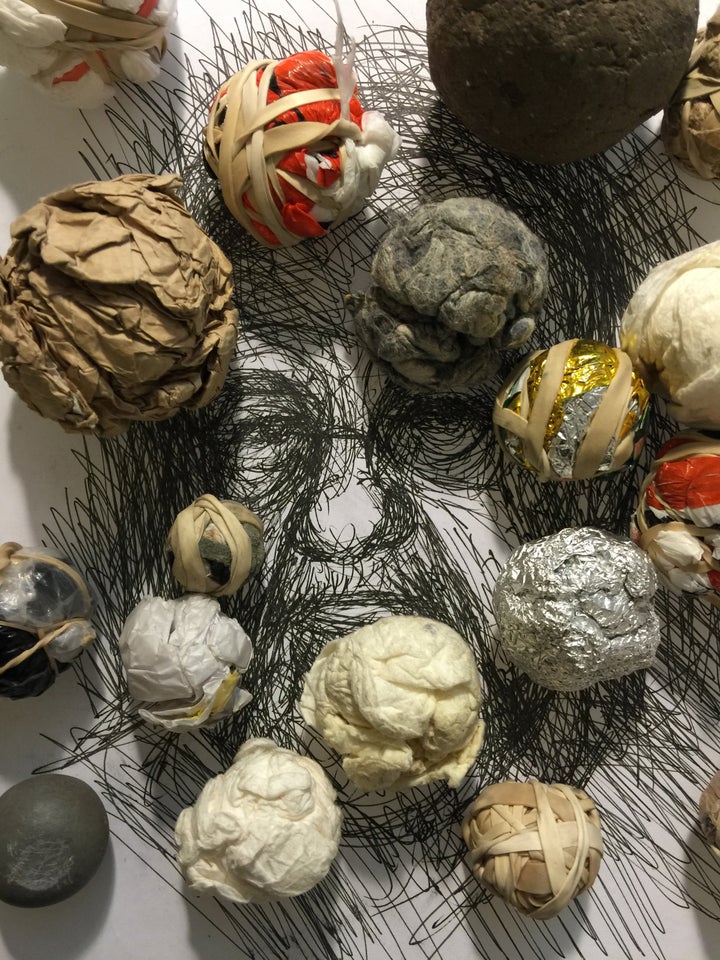
Growing up, my mother referred to me as a destroyer. At any restaurant, I'd shred my paper napkin into smaller and smaller crumbled up bits, then meticulously arrange them into barely legible narratives and shapes, until, with an eye roll and a sigh, Mom would dispose of the minuscule garbage heap with a sweep of the hand.
Destroyer maybe was the right word. But what about artist, mom? That irrational, directionless urge that leads hands to rip, mush, fold and scribble is also the impulse that drives us to create. And even if the result isn't a MoMA-worthy masterpiece, well, it could still be a MoNE-worthy one.
For the uninitiated, MoNE, or the Museum of Nervous Energy, is a grassroots museum that aims to investigate that spontaneous spark of creativity. You know, the one that makes you draw little stars on your hand or even mash up your dinner remnants into a multicolored goop. The museum is founded upon the belief that such authentic creative acts are strangely beautiful in their own humble way, and thus worthy of preservation and exhibition.
The museum is founded by artist Hai Knafo, a man who has, throughout his life, indulged the creative bug within. Working as a taxi driver in the 1970s and '80s, Hai would fold dollar bills while waiting for passengers at JFK. He wove the cash money into kaleidoscopic, symmetrical visions, resembling a bird's-eye view of a green, suburban village (if said bird was plummeting to Earth while spinning wildly in concentric circles). Hai's compulsory habit eventually yielded a series entitled "Money Works," which exhibited at a SoHo gallery in 1982.
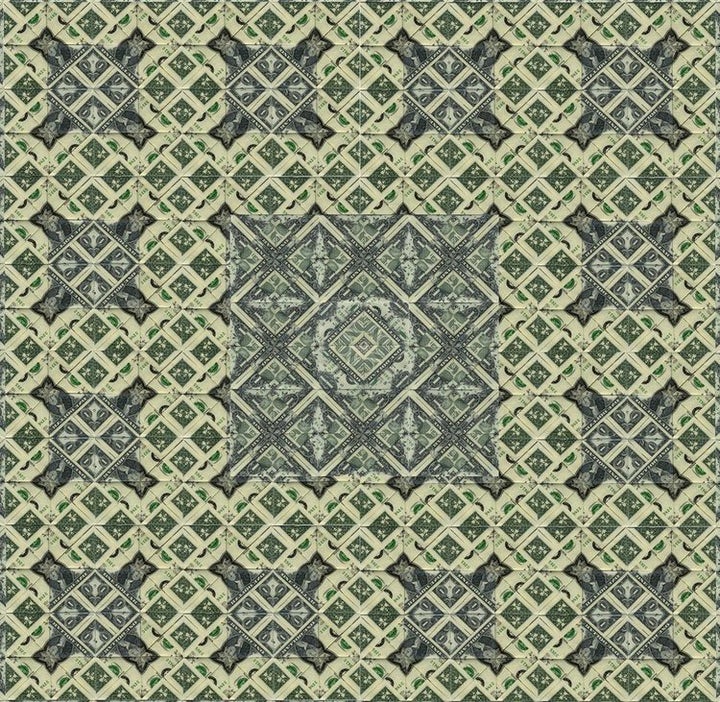
After his time in the taxi business, Hai began working as an illustrator for The Wall Street Journal, where he remained for the next 30 years. While on the job, he'd hoard random objects and compile them into a tiny collection organized atop his filing cabinet. The collection was ruined after the attacks of Sept. 11, which damaged The Wall Street Journal office, ending Hai's dreams of building his own museum of found objects -- for a while, at least.
Hai's daughter Hannah, a self-described "graduate student, aspiring psychologist, and artist's daughter," is bringing the now retired illustrator's vision to life. She's currently raising funds on Kickstarter to cohesively showcase the fruits of a lifetime of nervous creative energy.
"The Museum of Nervous Energy began as an investigation of the spontaneous spark of creativity -- trying to get at the very root of this process," Hannah explained to The Huffington Post. "Two important factors advanced the MoNE project. The first was the iPhone, documenting those spontaneous acts of creativity in the moment, serving as a sort of visual diary, a recording of daily ideas.
The second factor was retirement. "When Hai retired, he felt like he could once again make the art that he really wanted to make, rather than the very specific kind of art that he made at [The Wall Street Journal]," Hannah continued. "He wanted to channel his creativity, and make things fast and freely. When he walked into an art store, planning on buying some new art materials for his creative endeavors, he was disturbed by the expense. He made a decision not to spend money on art materials, and this almost became an ideological pursuit. Hai's artistic goals in retirement have been to make art cheaply, spontaneously, creatively, freely, humorously and genuinely."

In one of Hai's images, a watermelon is shown cut into small cubes arranged in a geometric spiral, alternating smooth green and crunchy pink. In another, pills spill out of prescription bottles to form a pointillist warrior on horseback. In lieu of canvas and paint, clay or ink, Hai opts for rubber bands, plastic bags, tree branches and food scraps.
I'm particularly taken with "Fork Ballet," a series in which the narrow tines on silver forks are bent and squished like the most limber of ballerinas.
The Museum of Nervous Energy is an ode to all the manic doodlers of the world, all the paper shredders and trash savers and choreographers of loose change. It's for those who play with their food like it's an instrument or photograph a plastic bag when it's pumped full of air like an iridescent ghost that reads "Thank You For Shopping." Right now, MoNE mostly features Hai's work -- and there's a lot of it -- but is currently accepting submissions to their "Acquisitions" department for future exhibitions.
We're often told that good art, fine art, takes serious contemplation, masterful technique, loads of time and careful execution. Not to bash on a well-crafted masterpiece, but, for destroyers like myself, MoNE is a refreshing flip of the switch, privileging the small creative spurts as much as the major artistic undertakings. In Hannah's words: "We would like to communicate that fine art does not have to be extreme, elaborate, enormous, impressive and expensive. It can be meaningful, simple, humble, cheap, and strangely beautiful."



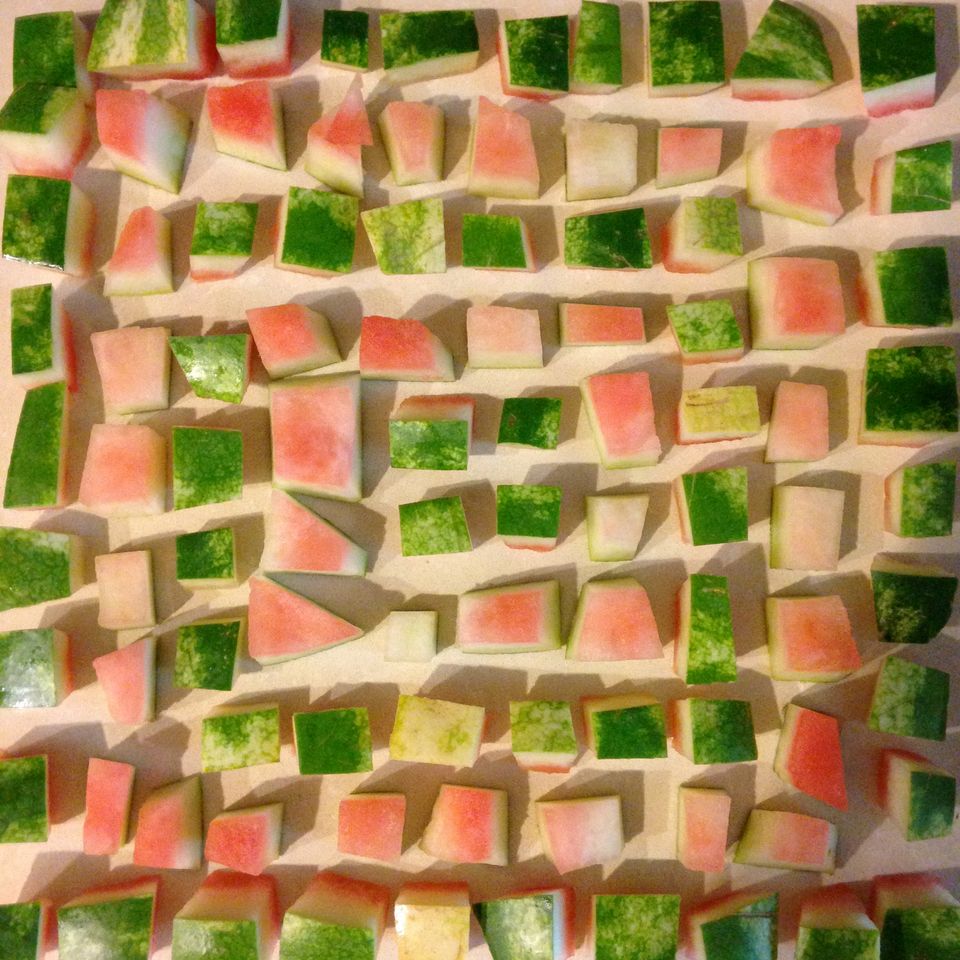

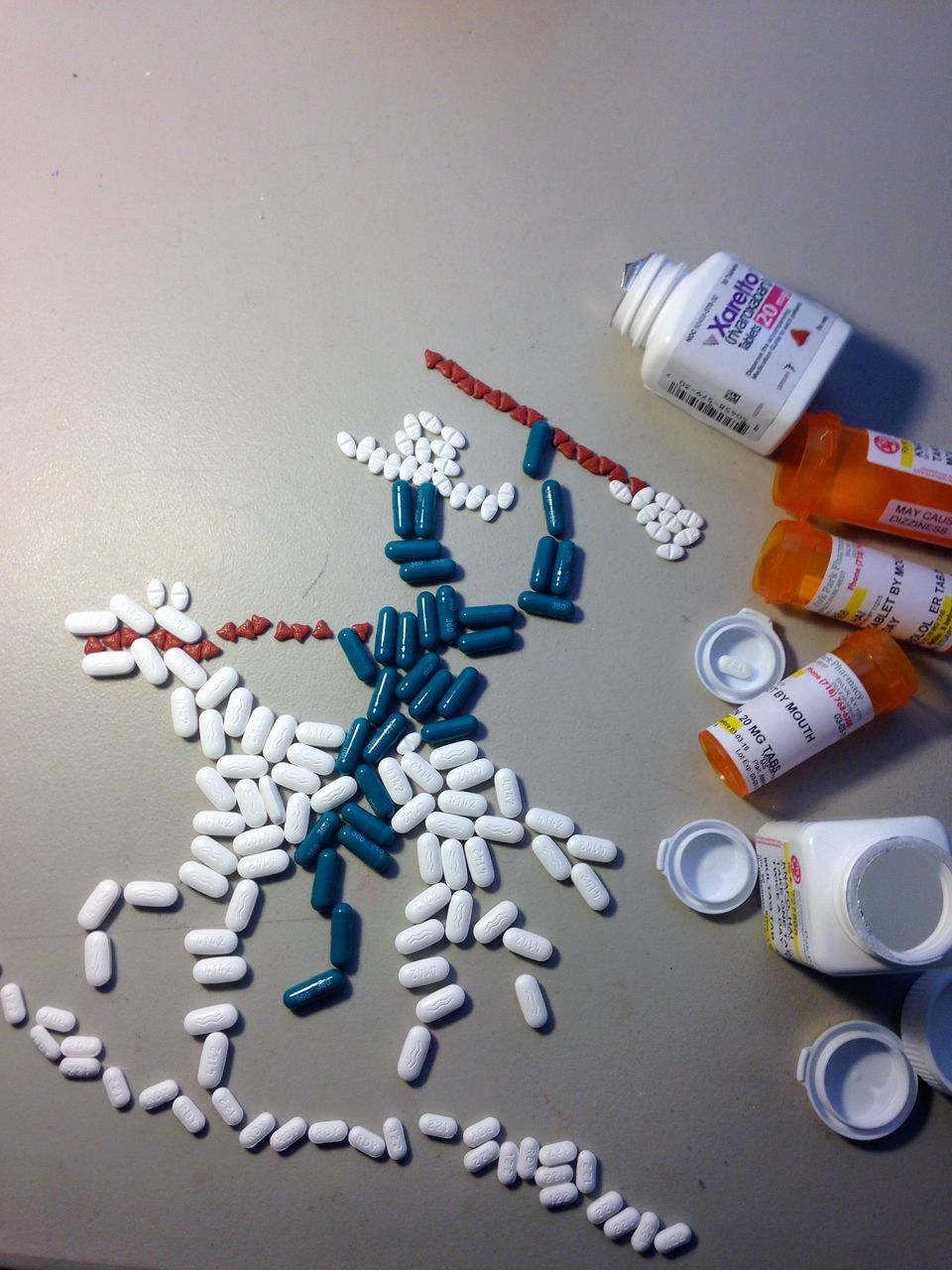




Also on HuffPost:

